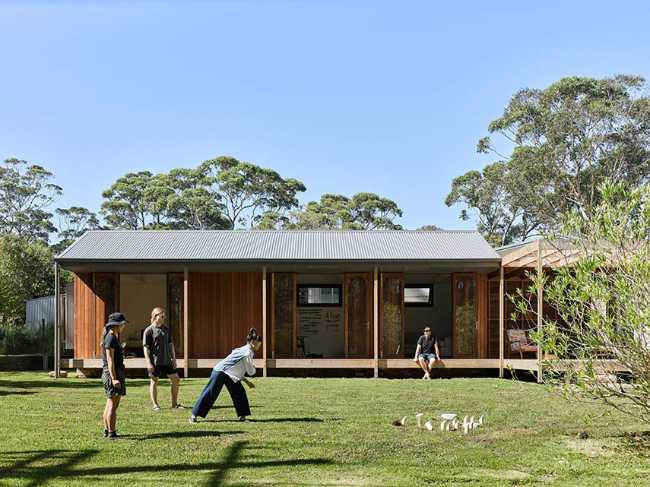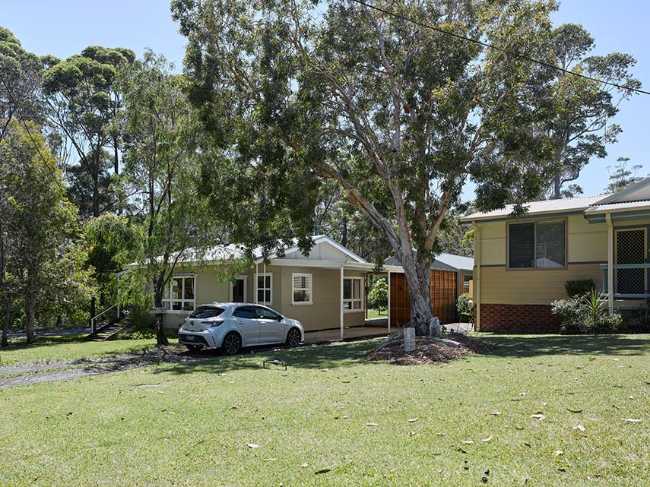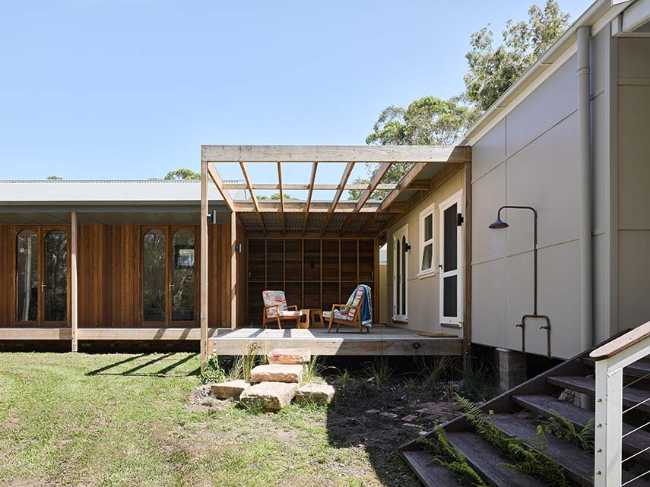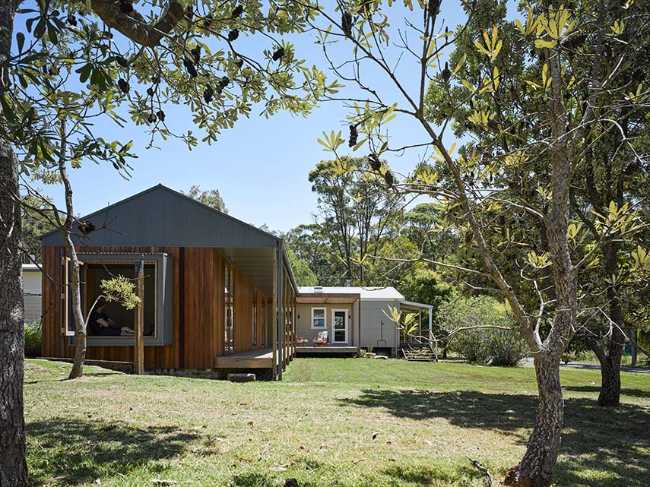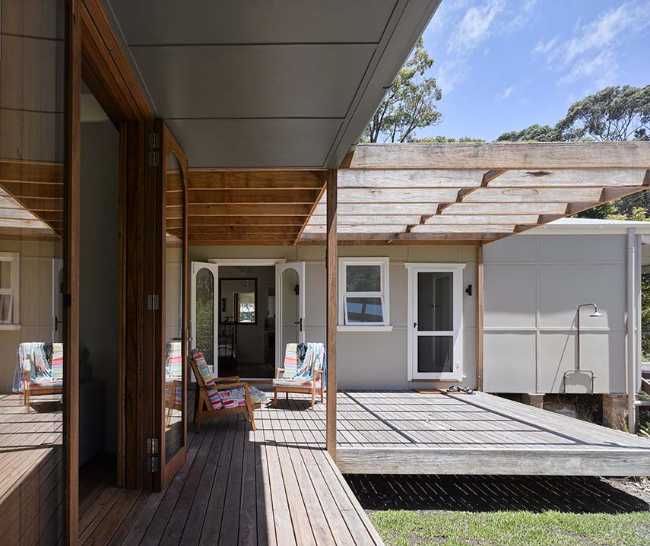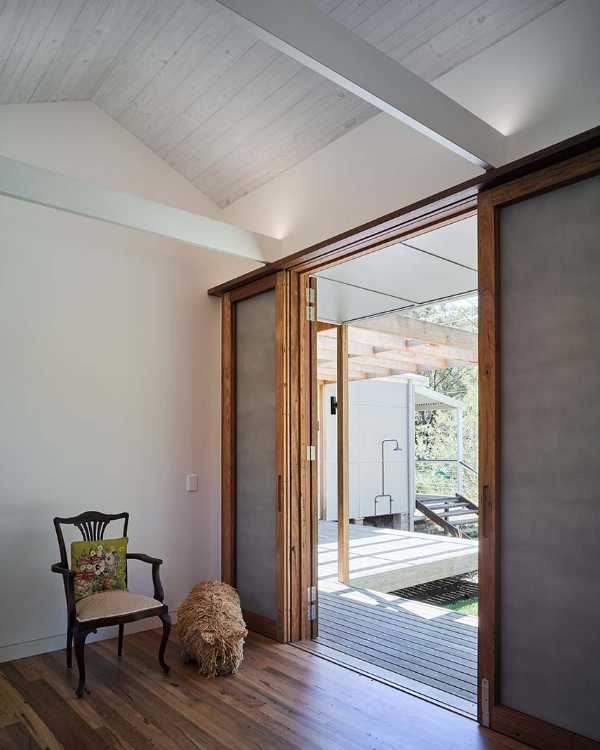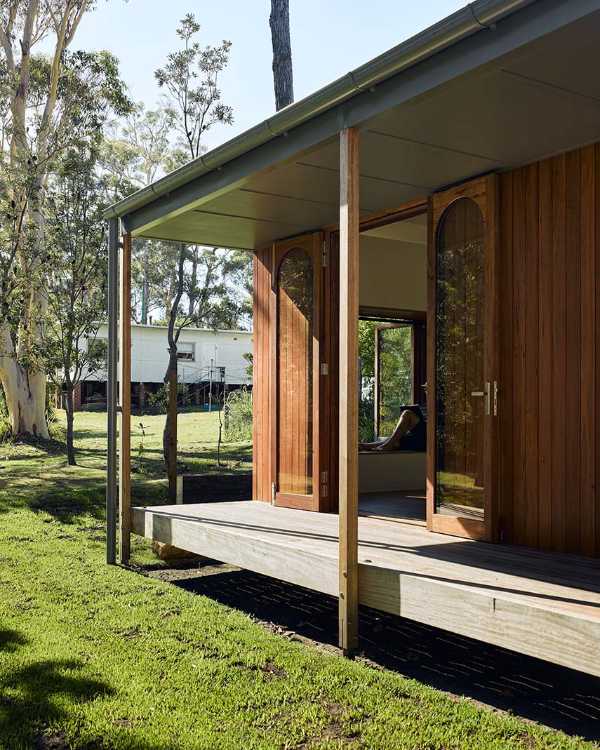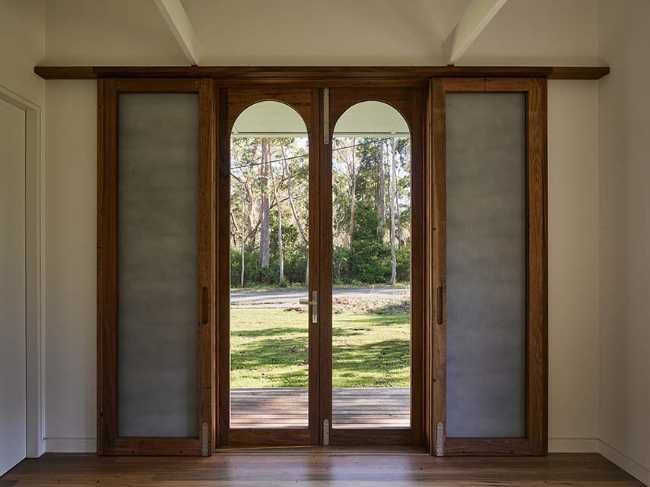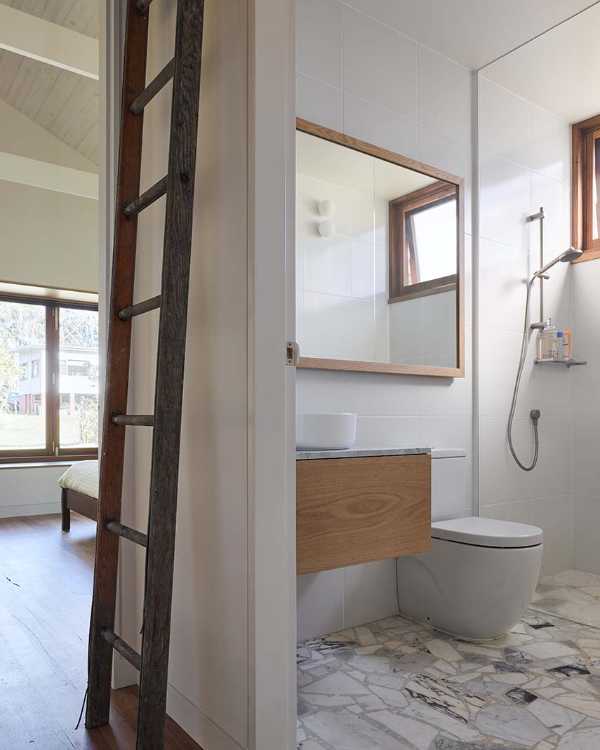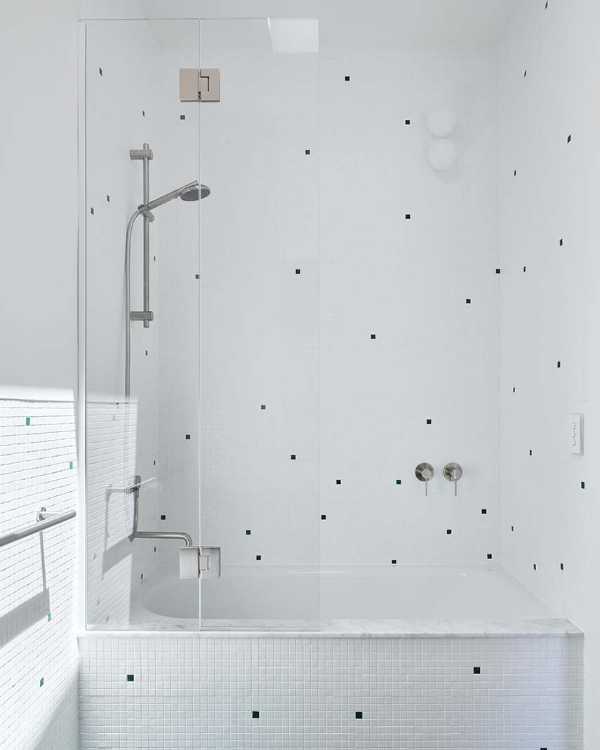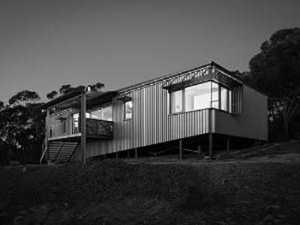Born from a collaboration between Alexander Symes Architect, Second Edition, and artist Jane Theau, the Re-Generation House is located in Yuin Country, a sleepy coastal town in the south of New South Wales, Australia. Preserving the quiet and simple atmosphere of the area, so beloved by the clients, while increasing the availability of space for the family and comfort, was the foundation of the home's redevelopment and expansion project
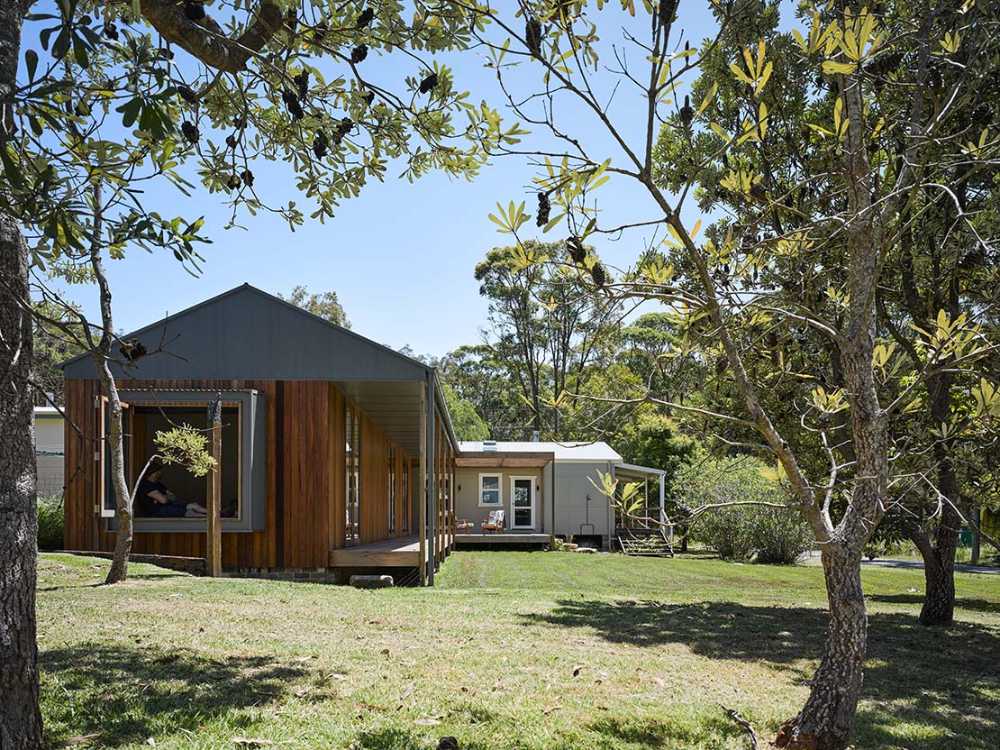
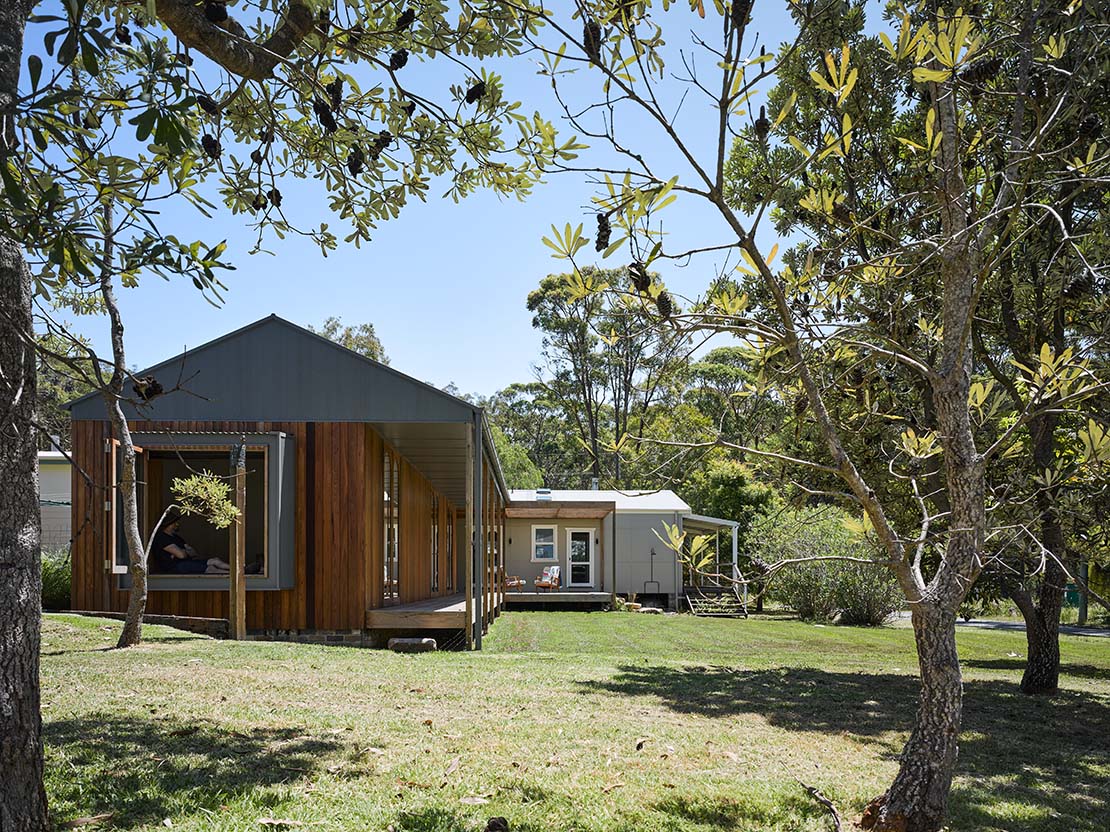
Preserve as much as possible and add as little as possible. The low environmental impact of Re-Generation House
Re-Generation House explores and celebrates the regeneration of the Australian Bush devastated by the 2020 fires, creating a home for future generations and embracing the circular economy by regenerating pre-existing materials
- #Oceania
- #Australia
- #Architectures
- #Residence
- #Holiday home
- #Wood
- #Building extension
- #Restyling
- #Architecture
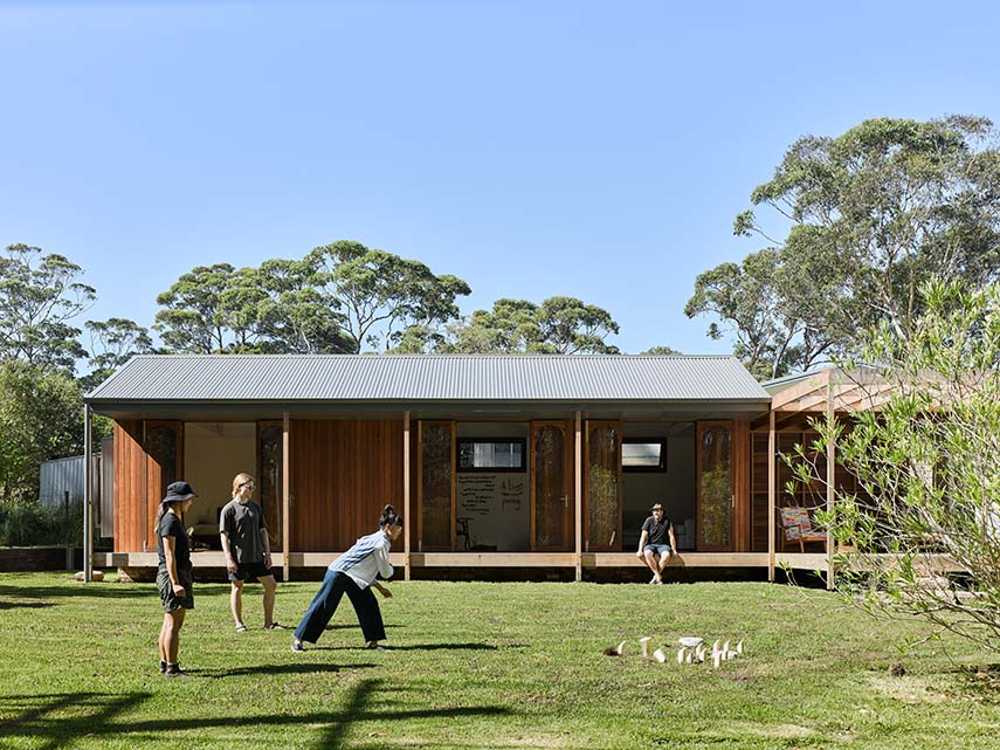
The existing cottage featured two bedrooms, a kitchen, dining room, terrace, living room, and laundry. The mandate was to make it suitable to accommodate the clients, their four children, and future generations. The existing home was kept intact except for the bathroom renovation and the relocation of the laundry and storeroom into new spaces. The extension is a simple pavilion, similar to the existing one, hosting a second bathroom and multipurpose rooms. The pavilions are separated to minimize their visual impact on the landscape and are connected by a wooden walkway loved by kangaroos and other local wildlife
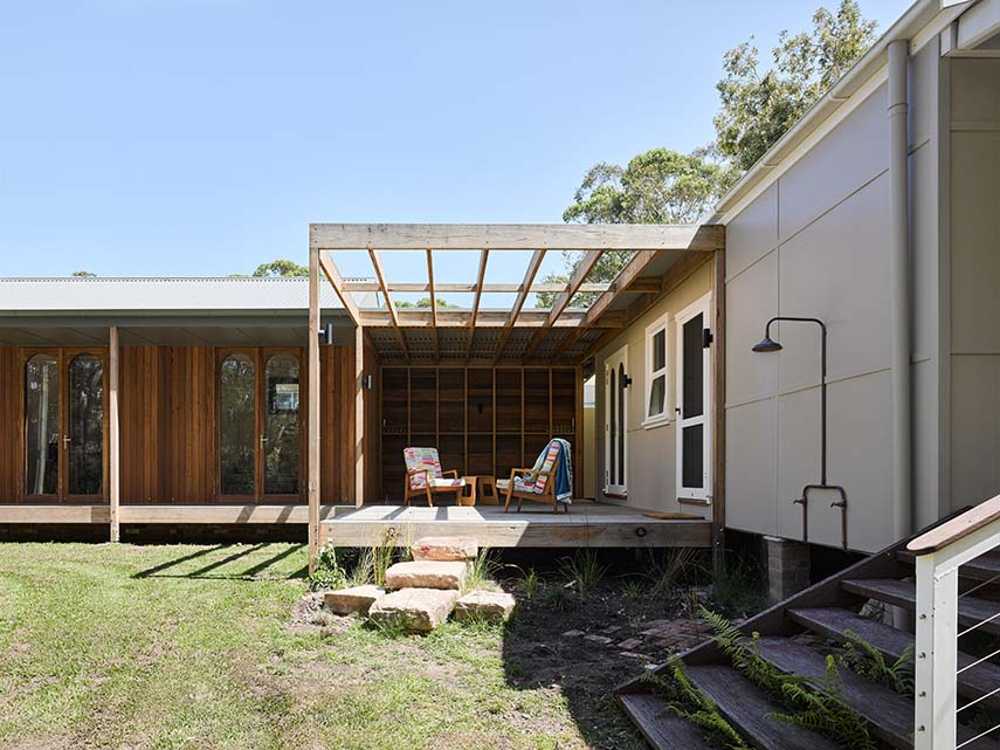
The project's goal was to explore how to provide maximum comfort with the minimal environmental and physical impact. The enclosure has high thermal performance with recycled wooden windows with double glazing, a vapor-permeable membrane, and insulation that far exceeds BASIX requirements. Wherever possible, all materials were reclaimed: bricks, wooden cladding, marble, railway sleepers, sandstone steps, tiles, basins, toilets, mirrors, and carpentry were purchased second-hand or salvaged before their final disposal in landfill
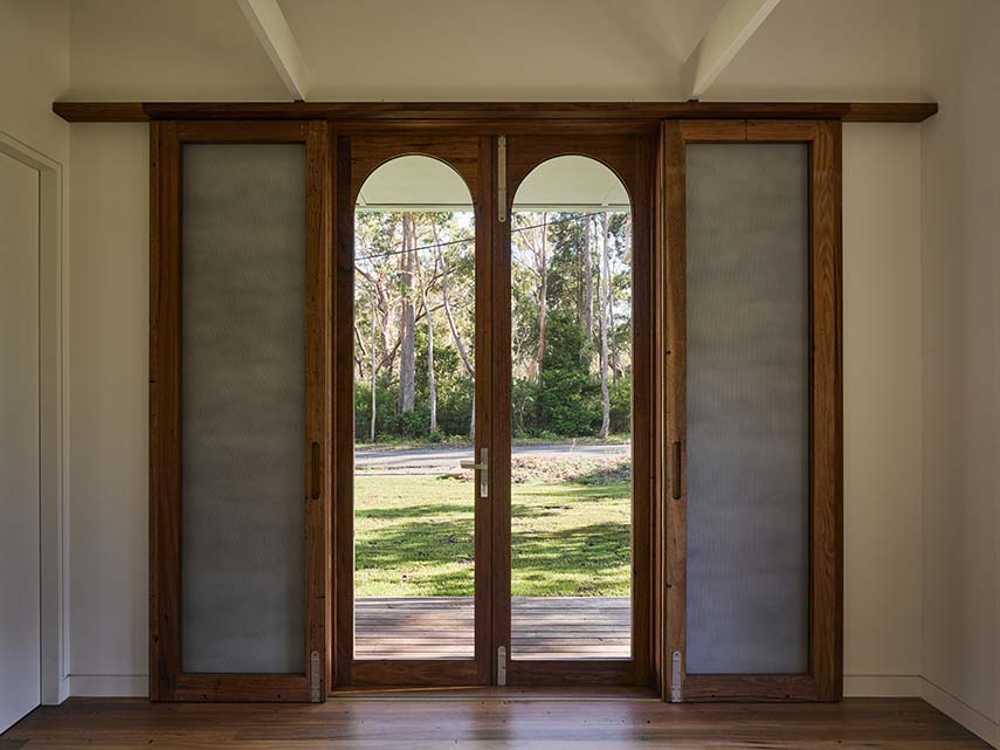
Gallery
Photo credits
Top image, content and gallery images: Barton Taylor
Designers credits
Alexander Symes Architect
Second Edition - Interior Designer and Second Hand Procurement
Jane Theu - Artist
Companies credits
Bluecore Constructions - Builder
Australia Hardwood Joinery - Doors & Windows

